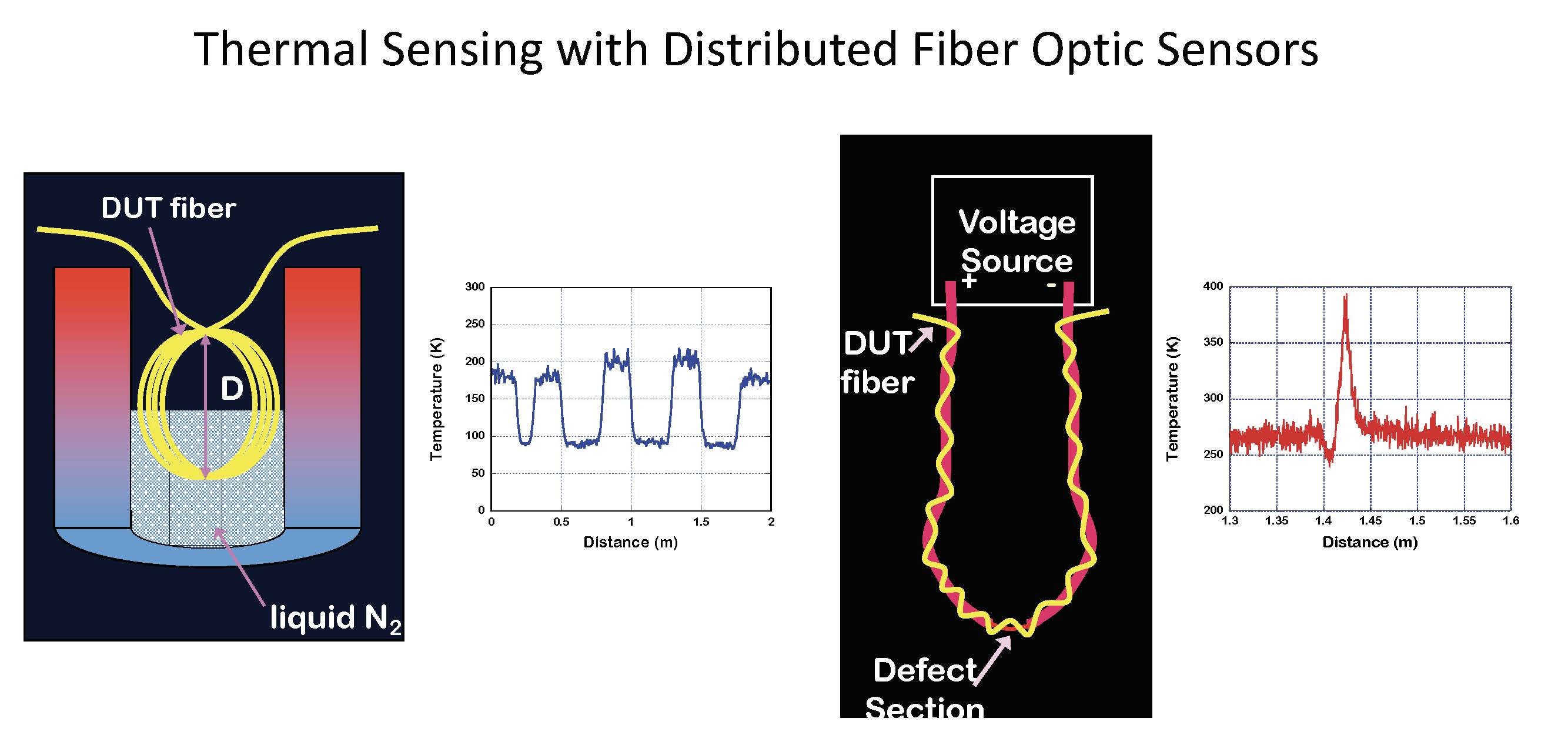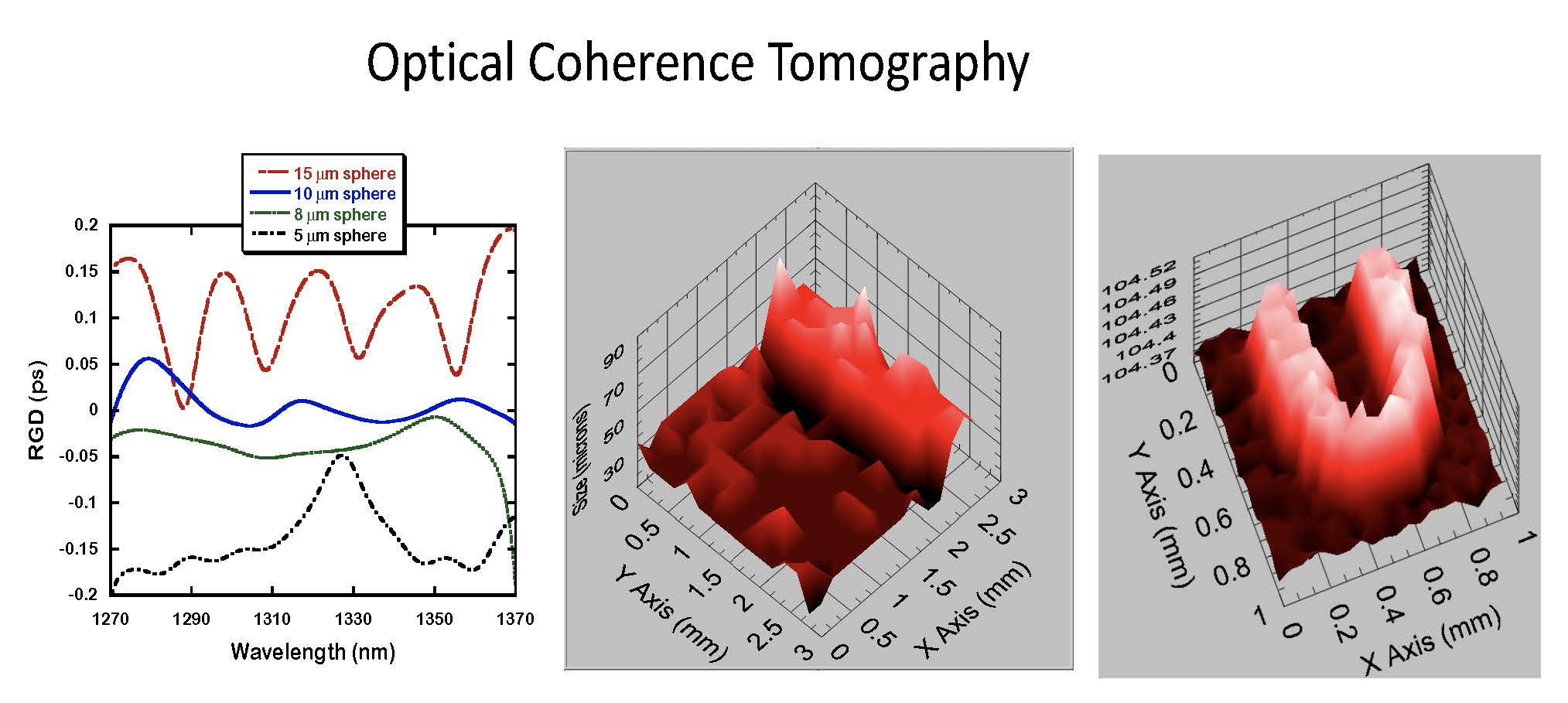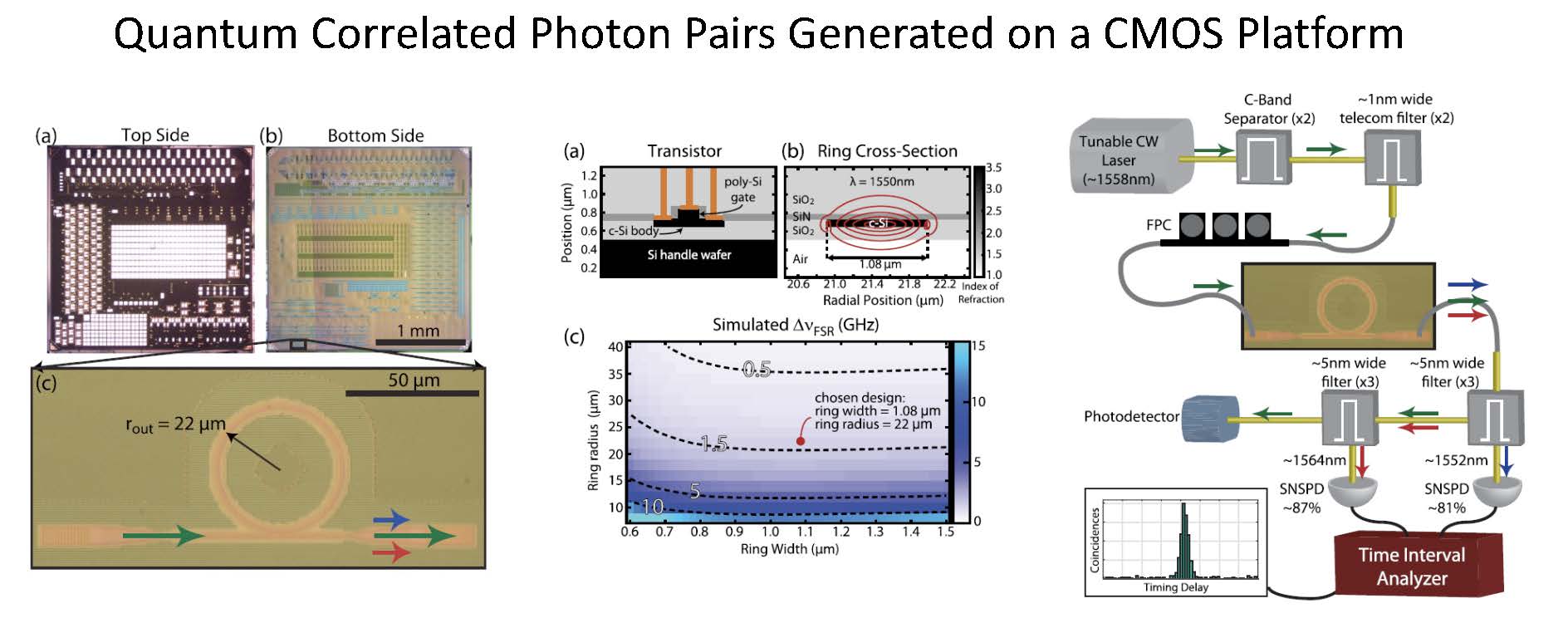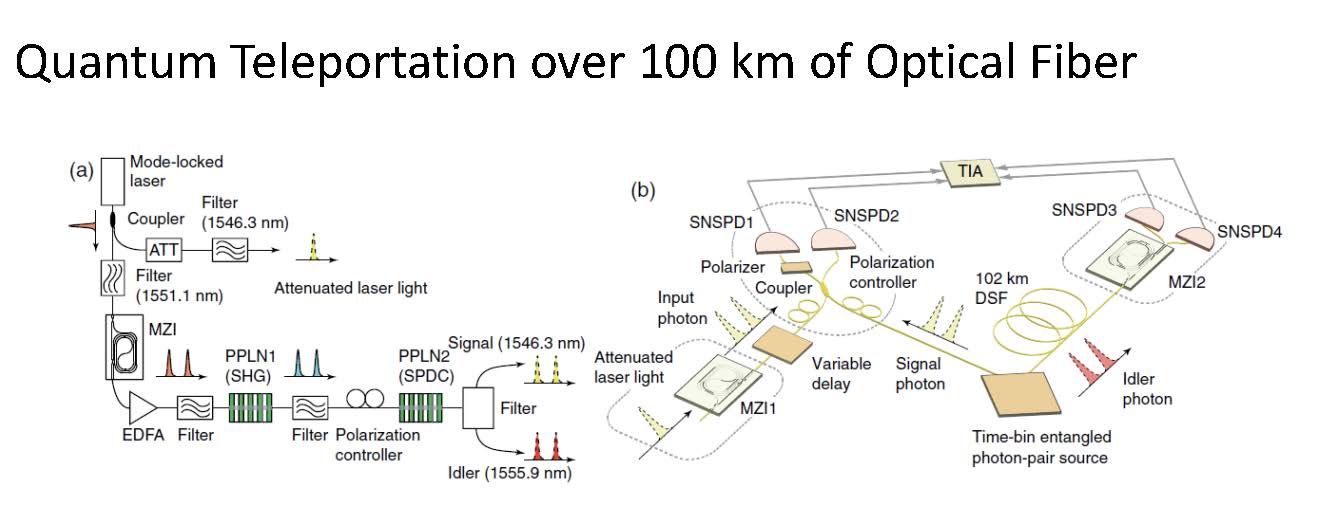Dr. Shellee Dyer

Education
Ph.D. at University of Utah
M.S. at University of Utah
B.S. at University of Utah
Curriculum Vitae
Contact Information
Email: shelleedyer@weber.edu
801-626-6891
Office Location: NB 245B
Mail Code 1803
Courses Taught
ECE 1270 - Introduction to Electrical Circuits
ECE 2260 - Fundamentals of Electrical Circuits
ECE 6440 - Optical Communication Systems
Research Areas of Interest
After I received my PhD in electrical engineering, I was awarded a National Research Council (NRC) postdoctoral fellowship at the National Institute of Standards and Technology (NIST) in Boulder, Colorado. My postdoctoral research focused on fiber optic sensors: lightweight and immune to electromagnetic interference, these sensors can be used to monitor strain, pressure, temperature, and magnetic field, and other properties as well. After my postdoc, I was happy to be offered a permanent position at NIST. My research interests grew to include measurements and standards to support the fiber optic telecommunication industry. Additionally, my long-held interest in biomedical optics led to research in the area of optical coherence tomography (OCT). OCT uses the coherent properties of lasers to provide detailed in-situ images of human tissues, such as the retina of the eye.
I also developed an interest in quantum optics, and I was lucky to have the opportunity to conduct research in quantum teleportation: the instantaneous transfer of qubits (quantum bits) from one location to another. Additionally, I was able to collaborate on a ground-breaking quantum Bell experiment that was free of all major loopholes. The Bell test has its origins in debates between Neils Bohr and Albert Einstein over the properties of quantum physics, with Einstein holding the position that “hidden variables” limit our understanding of quantum interactions. The Bell experiment proves that Einstein was incorrect in his position, and current quantum theory is accurate. The major loopholes are the limitations of previous Bell experiments: for example, the measurements must be conducted so quickly that information would have to travel faster than the speed of light in order for Einstein’s hidden variables to affect the experimental outcome. Applications of this work include quantum computers and secure encryption for communications. My current research interests include fiber optic sensors, OCT and biomedical optics, and quantum optics.



